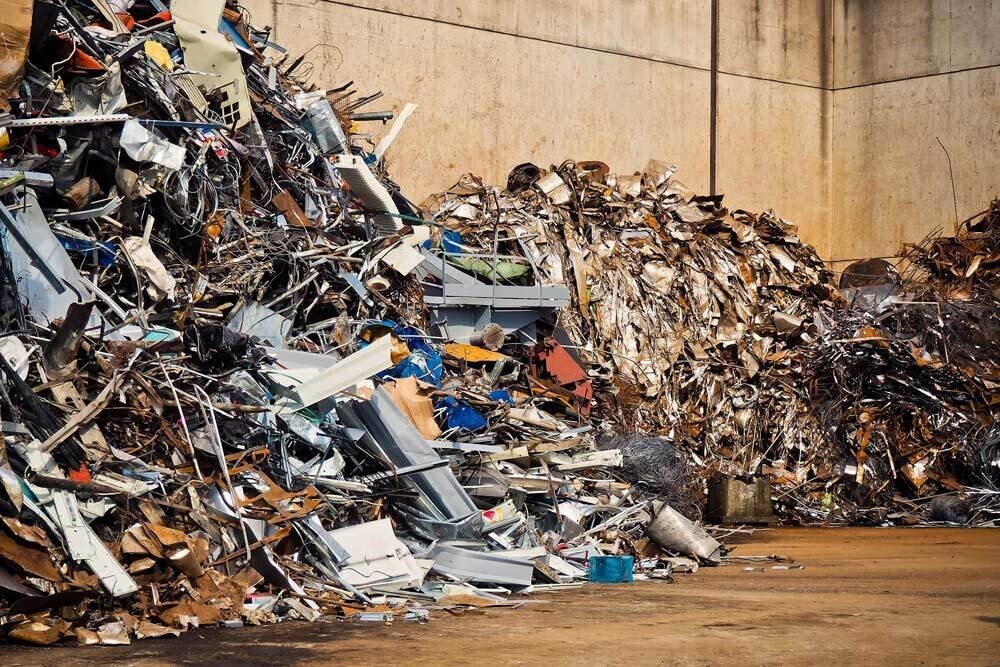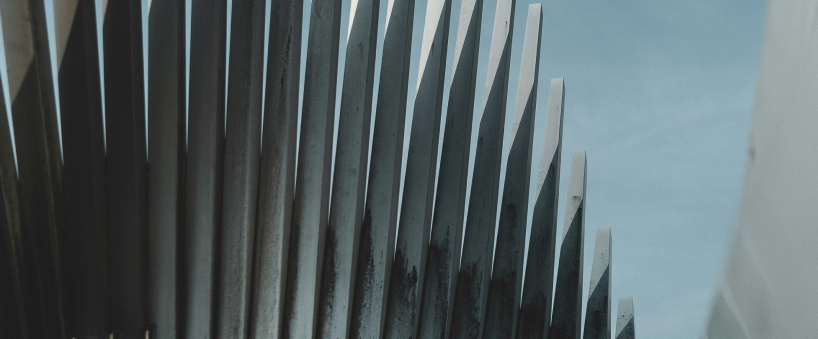

Brussels has stopped watching from the sidelines. As the global metals trade grows more asymmetric and carbon commitments face real-world constraints, the European Commission’s decision to implement surveillance on scrap metal imports and exports has moved far beyond being a regulatory formality to a high-stakes chess move in an escalating global scrap tussle.

Image for referential purposes only
On July 23, 2025, the European Commission launched an official customs surveillance mechanism to monitor all EU-bound and outbound flows of steel, aluminium, and copper scrap. Though presented as a data-gathering initiative under the Steel and Metals Action Plan (SMAP), this policy shift is anything but passive. It is a direct response to growing export leakages, tightening scrap availability within the bloc, and a deepening risk of industrial hollowing out, especially for energy-intensive, recycling-based producers of aluminium and steel.
At the heart of the issue is the paradox of Europe’s climate strategy, where the EU aspires to lead the world in green metals production, but the raw materials required to deliver that (primarily post-consumer and industrial scrap) are increasingly leaving the continent for higher-paying markets.
A perfect storm of policy failures and market forces
To understand the urgency behind the Commission’s move, one must consider the cumulative pressures on EU metals manufacturers. On the one hand, energy-intensive primary production in Europe has become economically nonviable in the wake of elevated gas and electricity prices, resulting in multiple aluminium smelter shutdowns since 2022. On the other hand, the most cost-efficient option of secondary production is now under threat from raw material scarcity.
 Events
Events
 e-Magazines
e-Magazines
 Reports
Reports
Responses








